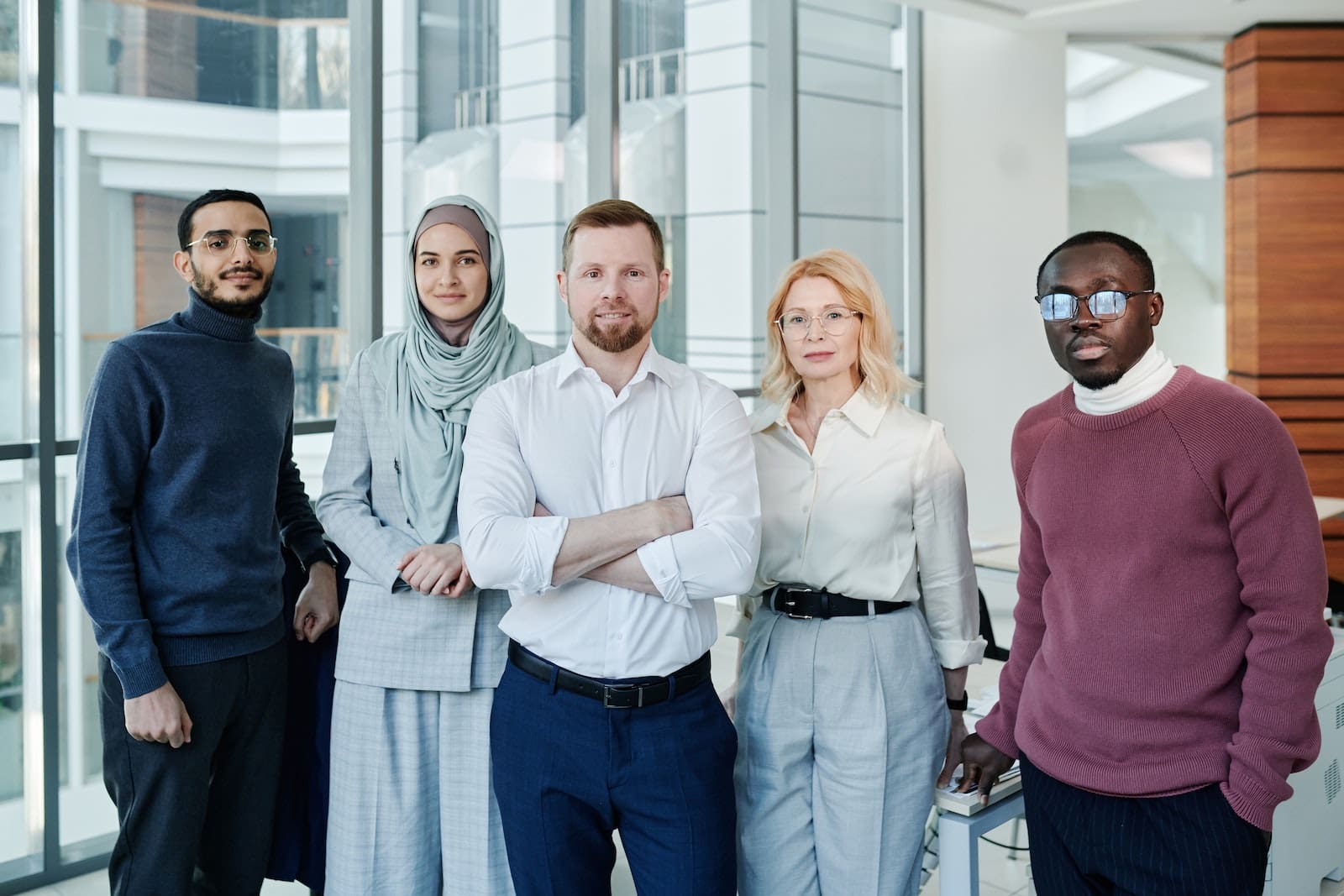A group refers to one and more people, interdependent when coming together with a common objective to achieve. In every organization, it is very important to communicate with each other to run the business operation smoothly.
This can be formal or informal, and these communications are done by forming formal and informal groups.
Key Takeaways
- Formal groups have a defined structure, clear objectives, and designated roles, whereas informal groups lack formal organization.
- Organizations deliberately create formal groups to achieve specific goals, while informal groups form spontaneously based on personal relationships and shared interests.
- Communication within formal groups adheres to established channels and protocols, while informal groups allow for more relaxed and casual interactions.
Formal Groups vs Informal Groups
The difference between formal groups and informal groups is that formal groups are formed to do official works of the organization and do the formal communication through the channels which are officially designated. On the other hand, informal groups are groups that are formed by employees themselves unofficially. Informal groups are formed based on the employees’ relations, attitudes, and personal preferences.

Formal groups are the groups that are designated officially and intended to do formal communication. The formal groups are designed on a hierarchical structure with some designated tasks related to their function.
In business organizations, the formal groups might be the human resource group or the finance group. The management of the organization does the formation of this type of group.
Informal groups are not organizationally influenced or determined and are formed by the employees who intend to do informal communication.
For example, if employees with cultural similarities make a group to communicate with each other or employees form a group during recess to help each other with work will be considered an informal group.
Comparison Table
| Parameters of Comparison | Formal Groups | Informal Groups |
|---|---|---|
| Definition | Formal groups are the group that is formed officially intended to do formal communication. | The informal groups are the group that is formed unofficially intended to do informal communication. |
| Authority | In formal groups, only the management of the organization has the authority. | In informal groups, the people have the authority. |
| Structure | Formal groups are formed by the management and are designed on a hierarchical structure with some designated tasks related to their function. | Informal groups are formed outside the official hierarchy of the organization, rather it is formed on the basis of social and personal interactions. |
| The behavior of group members | In formal groups, members act according to the rules and regulations set by the organization’s management. | In informal groups, members act according to the group and personal interests. |
| Supervision | Supervising the formal groups are easier compared to informal groups as there are specific rules to guide. | Supervising informal groups are difficult as it runs based on the personal and group interests of the group. |
What are Formal Groups?
Formal groups are groups that are formed collectively, consciously, and deliberately to direct the group members’ efforts towards achieving the specific objective of the goal.
A formal group might be the human resource group or the finance group in business organisations. The management of the organization does the formation of this type of group.
In formal groups, only the management of the organization has the authority. Formal groups are formed by the management and are designed on a hierarchical structure with some designated tasks related to their function.
Members of formal groups act according to the rules and regulations set by the organization’s management.
Generally, formal groups relate to the organizational goal and can either be temporary or permanent.
The permanent type of formal group is considered the organisation’s top management team, like the finance team, management committee, and board of directors.
On the other hand, temporary types of formal groups are formed to achieve some set of organizational objectives.
Formal groups are of two types- homogeneous and heterogeneous teams. The homogeneous team includes common ethnicity, demographics, and common technical expertise.
On the other hand, heterogeneous teams include diverse team members. Managing a homogeneous team is easier compared to managing a heterogeneous team.
As a result, homogeneous teams are preferred by the management when forming a formal group.

What is an Informal Group?
Informal groups are groups that are formed unofficially and intended to do informal communication.
For example, if employees with cultural similarities make a group to communicate with each other or employees form a group during recess to help each other with work will be considered an informal group.
Informal groups are formed outside the official hierarchy of the organization, rather it is formed based on social and personal interactions. In informal groups, members act according to the group and personal interests.
According to the characteristics, informal groups are divided into four groups- conservative, strategic, erratic, and apathetic. The Conservative group has moderate internal unity, with little pressure to achieve objectives.
Strategic groups are well-planned groups and put pressure on the members to achieve objectives. Erratic groups have centralized leadership with autocracy, inconsistent behaviour, and poor control.
Apathetic groups have unacceptable leadership and internal disunity.
Informal groups create a pleasant work environment, and work performance in informal groups becomes easier for cooperation. Informal groups provide psychological support to all of their members.
Group cohesiveness in informal groups reduces the rate of absenteeism and turnover. But supervising an informal group is difficult as it runs based on the personal and group interests of the group.

Main Differences of Formal Groups and Informal Groups
- The formal groups are the groups that are formed officially intended to do formal communication. Informal groups are groups that are formed unofficially and intended to do informal communication.
- In formal groups, only the management of the organization has the authority. On the other hand, in informal groups, the people have the authority.
- Formal groups are formed by the management and are designed on a hierarchical structure with some designated tasks related to their function. On the contrary, Informal groups are formed outside the official hierarchy of the organization, rather it is formed based on social and personal interactions.
- In formal groups, members act according to the rules and regulations set by the organization’s management. In informal groups, members act according to the group and personal interests.
- Supervising formal groups is easier compared to informal groups as there are specific rules to guide them. Supervising the informal group is difficult as it runs based on the personal and group interests of the group.






